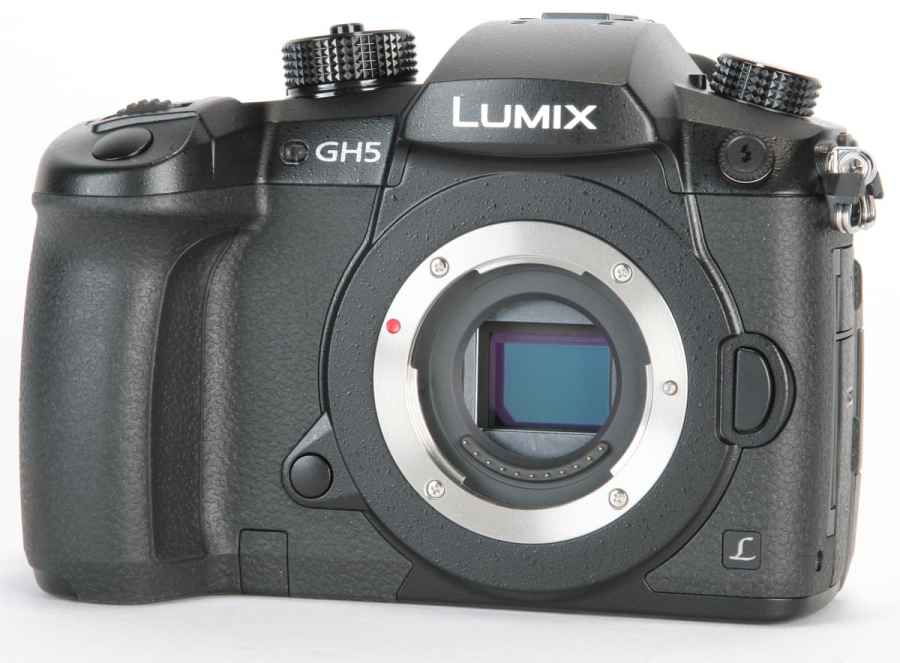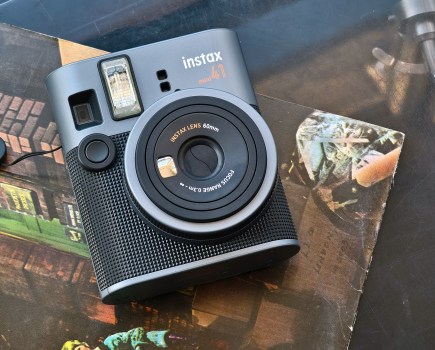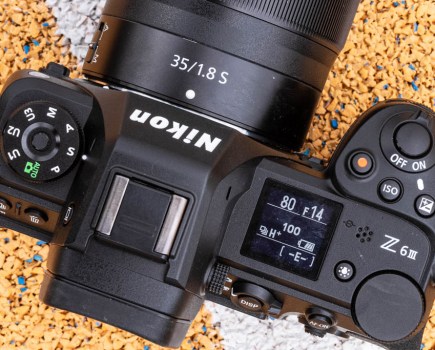Best cameras of 2017: Hybrid
Panasonic Lumix DMC-GH5

Price: £1,899.00 (body only)
Key features:
- 20.3-million-pixel, micro four thirds Live MOS sensor
- 4K video recording and 6K photo
- Weather-sealed magnesium-alloy body
Panasonic’s GH range has long catered for those with a particular interest in video and the GH5 continues this trend. That said, its still image capabilities have also seen significant improvements over the GH4.
The bump in resolution to 20.3MP along with the removal of the optical low-pass filter results in images with greater. And while the GH5’s comparatively smaller Micro Four Thirds sensor isn’t quite able to match its APS-C rivals at higher sensitivities. However, its 5-axis in-body stabilisation makes shooting at slower shutter speeds possible and it produces impressively steady video footage too. The Panasonic GH5’s noise control also shows a noticeable improvement over previous GH models.
There are some other strong contenders that offer more in terms of low-light capabilities, but the GH5 demonstrates how far Micro Four Thirds sensors have come and offers a great all-round package.
Read our Panasonic Lumix DMC-GH5 review
Best cameras of 2017: Video
Sony Alpha 7S II

Price: £2499.00 (body only)
Key features:
- 12.2-million-pixel, full-frame sized CMOS sensor
- 2.4-million-dot XGA OLED Tru-Finder electronic viewfinder
- Internal 4K video and 1080p video up to 120fps
- 169-point contrast-detect AF system
Supported by 5-axis image stabilisation, improved build and handling, internal 4K recording, up to 120fps slow-motion (Full HD) video and improved AF, the Sony A7S II is an attractive offering on a number of levels.
As well as being able to shoot at 1080p, the full-frame A7S II can now record 3840 x 2160 4K footage at either 24, 25 or 30fps internally to a compatible SD card. The footage is recorded in an XAVC S format, with an MP4 wrapper and 4:2:0 colour sampling with the option of either 100 or 60Mbps bit-rates.
There are also new additions in the Profile settings, and these are the new S-Gamut3.Cine/S-Log3 and S-Gamut3/S-Log3 contrast curves. The new settings offer a wide colour gamut and maximise the dynamic range for video use, perfect for getting the most out of footage in post-production.
The A7S II is a fantastic camera that bucks the trend for cameras with increasingly high resolutions, and that is what many photographers have been asking for. They don’t want more and more pixels, they want a higher dynamic range and less noise.
Read our Sony Alpha 7S II first-look review
Best cameras of 2017: Image Quality
Fujifilm GFX 50S
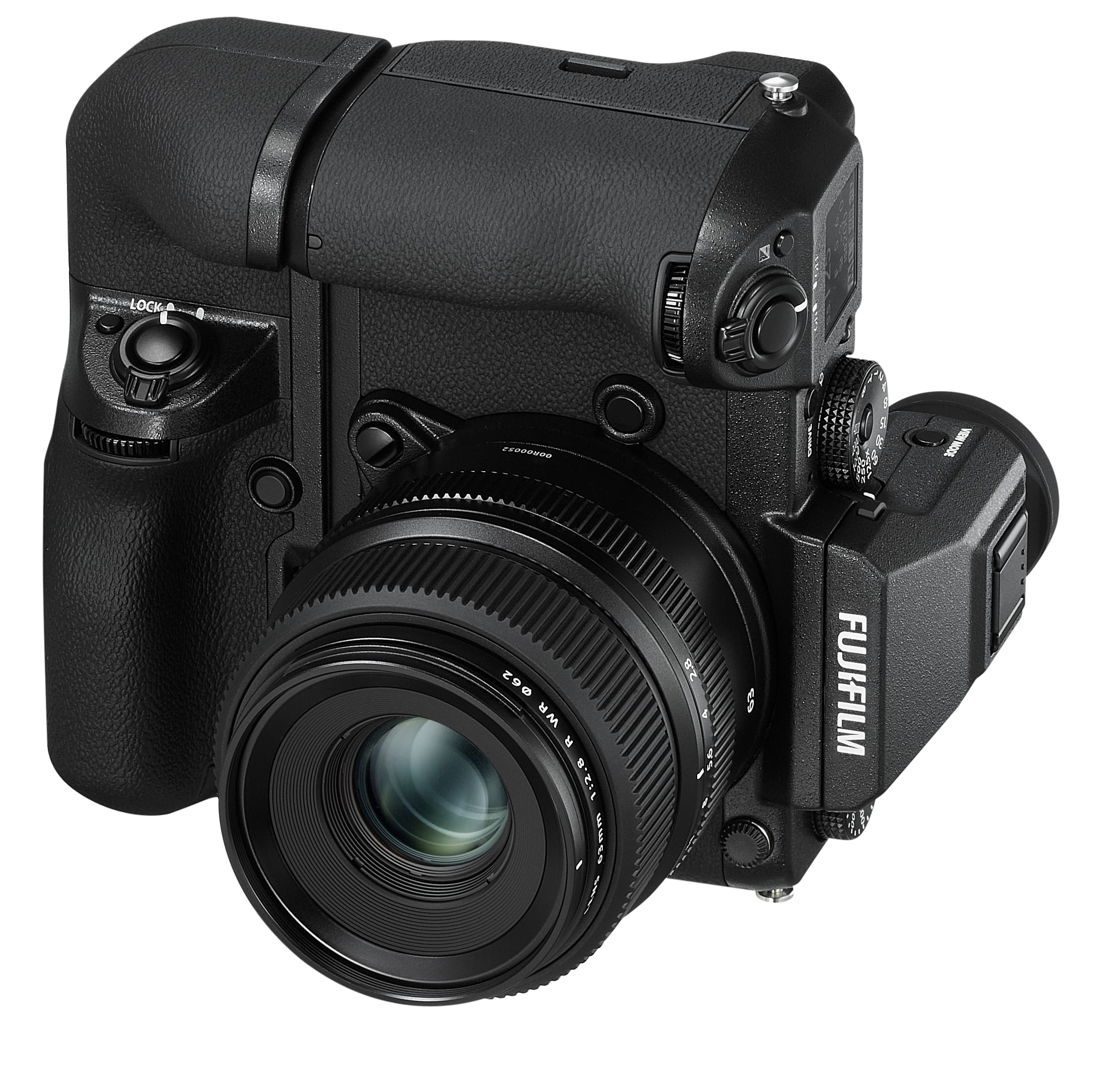
Price: £6,199.00 (body only)
Key features:
- 51.4-million-pixel, “G-Format” CMOS sensor
- Focal-plane shutter (up to 1/4000sec)
- Weather-resistant magnesium alloy body
A 51.4-million-pixel CMOS sensor with an effective 8,256×6,192-pixel resolution in the 4:3 aspect ratio sits at the heart of the GFX 50S. This G-format sensor is around 1.7x physically larger than a 35mm full-frame sensor found in the Canon 5DS R for example, and it’s 4x the size of the APS-C sized sensors used in Fujifilm’s X-series cameras.
To prevent mirror shock and keep it as small as physically possible, the GFX 50S features a mirrorless design with a medium-format focal-plane shutter that allows users to shoot as fast as 1/4,000sec. The benefit of having no leaf shutter has allowed the company’s lens designers to create optics that are more compact.
Sporting a tilting LCD display similar to that seen in the Fujifilm X-T2 and a removable viewfinder, the GFX 50S features a solid magnesium-alloy body that’s weather and dust resistant, making it ideal for shooting portraits, fashion and landscape outdoors.
Read our Fujifilm GFX 50S hands-on review
Best cameras of 2017: Retro appeal
Olympus OM-D E-M1 II
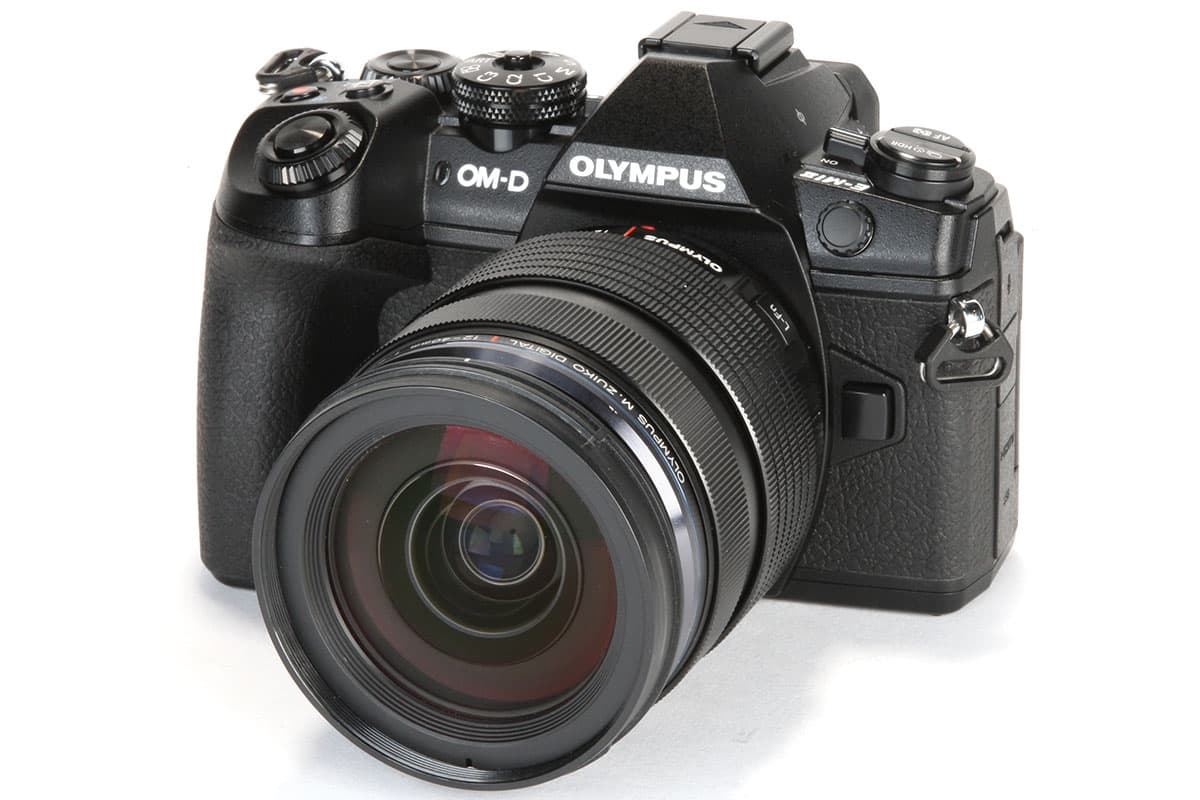
The E-M1 Mark II resembles its predecessor with an essentially identical layout
Price: £1,849 (body only)
Key features:
- 20.4-million-pixel, Live MOS sensor
- 15fps shooting with AF and metering
- 121-point cross-type phase detection AF
The E-M1 Mark II is without doubt, the best camera Olympus has ever made and likely, the best camera the firm possibly could have made given current technology. It’s impeccably built, with a control layout that makes it easy to use, its continuous shooting and autofocus abilities are highly advanced, and its image stabilisation offers around 6 stops of image stabilisation.
While some may shun smaller sensor cameras because of their reputation for limited lowlight capturing performance, the E-M1 II is still fully capable of producing files that print beautifully up to A3 in size, even at ISO 3200. At a time when many are happy with 1-in sensor compacts, this may well be good enough. Some of the camera’s greatest strengths, in particular its IS system, are also a direct advantage of its smaller sensor.
The Olympus OM-D E-M1 Mark II is a strong offering aimed at anyone who wants a fast, rugged, lightweight camera, particularly for sports or action, with Cinema 4K video capabilities as a bonus.
Read our Olympus OM-D E-M1 Mark II review
Best cameras of 2017: Photojournalist
Canon 5D Mark IV
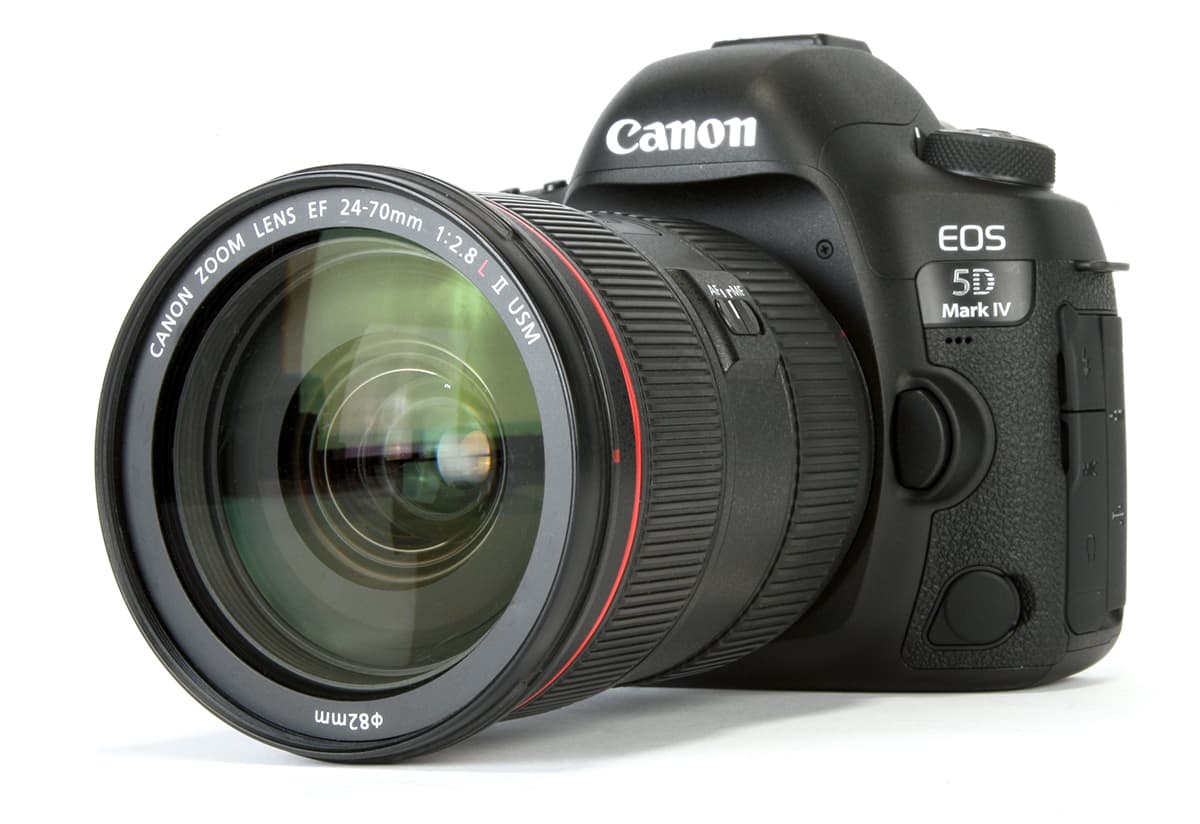
Price: £3,449 (body only)
Key features:
- 30.4-million-pixel, Live MOS sensor
- 7 fps continuous shooting with AF and metering
- 61-point Dual pixel CMOS AF
Canon’s 5D line has spawned some of the most universally popular DSLRs of all time for a reason. The Canon EOS 5D Mark IV is a no-brainer upgrade over the Mark II and III, and is an all-around excellent piece of kit.
Borrowing its 61-point AF system from the EOS-1DX II, the 5D Mark IV was the model to bring the 5D series firmly into the realm of the professional photographer. It was also the first of its kind to adopt UHD-video recording capabilities, up to DCI 4K (4096×2160) at 30/25/24fps.
The 5D IV boasts a 150K-pixel RGB+IR metering system that gets its own Canon Digic 6 processor, while a Digic 6+ handles the camera’s speedy image processing. In the ISO stakes, its expandable sensitivity range of ISO 50-102,400 remains unchanged. With improved weather seals and upgraded processing power the EOS 5D Mark IV is a truly versatile performer and a great addition to any photographer’s stable.

